Everything you wanted to know about vitamins, but were afraid to ask

Vitamins (from Latin vita - "life" and amine) - a group of low-molecular organic compounds relatively simple structure and a diverse chemical nature. This is a group of organic substances in the chemical nature, united on the basis of their absolute necessity for the heterotrophic organism as an integral part of the food. Autotrophic organisms also require vitamins, either by synthesis or from the environment. So, vitamins are included in the composition of nutrient media for the cultivation of phytoplankton organisms. Most vitamins are coenzymes or their precursors.
Vitamins are contained in food (or in the environment) in very small quantities and therefore belong to micronutrients. To vitamins do not include microelements and essential amino acids.
Science at the intersection of biochemistry, food hygiene, pharmacology and some other biomedical sciences, studying the structure and mechanisms of action of vitamins, as well as their use in therapeutic and preventive purposes, is called vitaminology.
General information
Vitamins - Wikipedia, the free encyclopedia.

Vitamins perform catalytic function in the composition of active centers of various enzymes, and can also participate in humoral regulation as exogenous prohormones and hormones. Despite the exceptional importance of vitamins in metabolism, they are neither a source of energy for the body (do not have caloric content) nor structural components of tissues.
The concentration of vitamins in the tissues and the daily need for them is small, but with insufficient intake of vitamins in the body, characteristic and dangerous pathological changes occur.
Most vitamins are not synthesized in the human body, so they must regularly and in sufficient amounts enter the body with food or in the form of vitamin-mineral complexes and food additives. Exceptions are vitamin D, which is formed in the skin of a person under the influence of ultraviolet light; Vitamin A, which can be synthesized from precursors entering the body with food; And niacin, the precursor of which is the amino acid tryptophan. In addition, vitamins K and B3 are usually synthesized in sufficient quantities by the bacterial microflora of the human colon.
With the violation of the intake of vitamins, three principal pathological conditions are associated with the body: the lack of vitamin-beriberi, the lack of vitamin-hypovitaminosis, and the excess of vitamin-hypervitaminosis.
For 2012, 13 substances (or groups of substances) are recognized as vitamins. Several other substances, for example carnitine and inositol, are under consideration. On the basis of solubility, vitamins are divided into fat-soluble - A, D, E, K , and water-soluble - C and B vitamins . Fat-soluble vitamins accumulate in the body, and the place of their accumulation are fatty tissue and liver. Water-soluble vitamins are not stored in significant quantities and are discharged with excess water. This explains the large prevalence of hypovitaminosis in water-soluble vitamins and hypervitaminosis of fat-soluble vitamins.
Names and classification of vitamins
Vitamins are conditionally denoted by the letters of the Latin alphabet: A, B, C, D, E, H, K, etc. Later it turned out that some of them are not independent substances, but a complex of individual vitamins. For example, B vitamins are well studied. The names of vitamins underwent changes as they studied them (data on this are given in the table). The modern names of vitamins were adopted in 1956 by the Commission on the nomenclature of the biochemical section of the International Union of Pure and Applied Chemistry.
For some vitamins, there is also a certain similarity in physical properties and physiological effects on the body.
Until now, the classification of vitamins was based on their solubility in water or fats. Therefore, the first group consisted of water-soluble vitamins (C, P and the whole group B), and the second group consisted of fat-soluble vitamins-lipovitamins (A, D, E, K). However, in 1942-1943 Academician A. V. Palladin synthesized a water-soluble analog of vitamin K - vikasol. And recently water-soluble preparations of other vitamins of this group have been received. Thus, the division of vitamins into water and fat-soluble to some extent loses its value.
| Letter designation | Chemical name according to international nomenclature (Other names in brackets) |
Solubility (F - fat-soluble B - water-soluble) |
Effects of beriberi, physiological role | Upper permissible level | Daily requirement |
|---|---|---|---|---|---|
| A 1
|
Retinol (axerophthol, antioxerophthalmic vitamin) Dehydroretinol |
F | Chicken blindness, xerophthalmia | 3000 μg | 900 (adults), 400-1000 (children) μg ret. Eq. |
| B 1 | Thiamine (aneurine, antineuritic) | AT | Bury-beri, the Gaye-Wernick syndrome | not installed | 1.5 mg |
| B 2 | Riboflavin | AT | Ariboflavinosis | not installed | 1.8 mg |
| B 3 , PP | Nicotinamide (nicotinic acid, niacinamide, anti-pellagra vitamin) | AT | Pellagra | 60 mg | 20 mg |
| B 4 | Choline | AT | Disorders of the liver | 20 grams | 425-550mg |
| B 5 | Pantothenic acid (calcium pantothenate) | AT | Pain in the joints, hair loss, limb spasms, paralysis, weakening of vision and memory. | not installed | 5 mg |
| B 6 | Pyridoxine (adenine) | AT | Anemia, headaches, fatigue, dermatitis, etc. skin diseases, lemon-yellow skin, disorders of appetite, attention, memory, vascular function | 25 mg | 2 mg |
| B 7 , H | Biotin (antiseborrheic factor, factor W, skin factor, coenzyme R, factor X) | AT | Skin lesions, loss of appetite, nausea, swelling of the tongue, muscle pains, lethargy, depression | not installed | 50 μg |
| B 8 | Inositol [# 1] (inositol, mesoinositol) | AT | No data | no data | No information [# 2] |
| B 9 , B c , M | Folic acid (folacin) | AT | Folic-deficiency anemia, disturbances in the development of the spinal tube in the embryo | 1000 μg | 400 μg |
| B 10 | Paraaminobenzoic acid, PAB (p-Aminobenzoic acid) | AT | Stimulates the production of vitamins by intestinal microflora. Included in folic acid | Not installed | |
| B 11 , B t | Levokarnitin [# 1] | AT | Disorders of metabolic processes | no data | 300 mg |
| B 12 | Cyanocobalamin (anti-anemic) | AT | Pernicious anemia | not installed | 3 μg |
| B 13 | Orthoic acid [# 1] | AT | Various skin diseases (eczema, neurodermatitis, ichthyosis) | no | 0.5-1.5 mg |
| B 15 | Pangamic acid [# 1] | AT | no data | 50-150 mg | |
| C | Ascorbic acid (antiscorbutic) vitamin | AT | Scurvy (Latin scorbutus - scurvy), bleeding gums, nosebleeds | 2000 mg | 90 mg |
| D 1 D 2
|
Lamisterol Ergocalciferol (calciferol, anti-rachitic vitamin) Cholecalciferol Dihydrotachysterol 7-dehydrotachysterol |
F | Rickets, osteomalacia | 50 μg | 10-15 μg |
| E |
 Tocopherols Tocopherols |
F | Neuromuscular disorders: spinal-cerebellar ataxia (Friedreich's ataxia), myopathy. Anemia [12] . | 300 mg current. Eq. | 15 mg current. Eq. |
| K 1 K 2 |
Phylloquinone Farnohinone |
F | Hypocoagulation | not installed | 120 μg |
| N | Lipoic acid, Thioctic acid [# 1] | F | Necessary for normal liver function | 75 mg | 30 mg |
| P | Bioflavonoids, polyphenols [# 1] | AT | Capillary leakage | no data | no data |
| U | Methionine [# 1] S-methylmethionine sulfonium chloride |
AT | Antiulcer factor; Vitamin U (from Latin ulcus - ulcer) | ||
| |||||
As a rule, the daily norm of vitamins differs depending on the age, occupation, season of the year, sex, pregnancy and other factors.
Antivitamins
Antivitamins are a group of organic compounds that suppress the biological activity of vitamins. These compounds are close to vitamins in chemical structure, but have the opposite biological effect. When ingested, antivitamins are included instead of vitamins in the metabolic reaction and inhibit or disrupt their normal course. This leads to vitamin deficiency, even in cases when the corresponding vitamin comes with food in sufficient quantity or is formed in the body itself. Antivitamins are known for almost all vitamins. For example, antivitamin vitamin B1 (thiamine) is pyrithiamine, which causes polyneuritis.
Multivitamins
Polyvitamin preparations are pharmacological preparations containing in their composition a complex of vitamins and mineral compounds.
The only natural food multivitamin is breast milk, which contains a valuable set of many essential vitamins. For the prevention of hypovitaminosis, especially in children, it is recommended to use complex vitamin preparations. Multivitamin preparations are used not only for the prevention and treatment of hypovitaminosis, but also for the complex treatment of such eating disorders as hypotrophy or paratrophy.
A high level of metabolism in children, not only supporting life activity, but also ensuring the growth and development of the child's body, requires a sufficient and regular intake of not only vitamins, but also macro- and microelements. According to scientists, vitamin and mineral complexes are very important for Russian children and adolescents.
At the same time, there is evidence of an increased risk of cancer and heart disease and a reduction in life expectancy with supplemental intake of vitamins.
Decomposition of vitamins in cooking
Under the influence of environmental factors (temperature, oxygen, sunlight, acids, alkalis in the medium), vitamins are destroyed and lose their biological activity. By the degree of sensitivity, various vitamins have different properties, some exhibit high resistance, while others quickly break down. This is primarily due to the fact that vitamins, due to their chemical structure, are highly active compounds that easily enter into chemical reactions. Since the moment the vitamin molecule was born naturally or by chemical synthesis, and until it reaches the human or animal body, its fate depends largely on the conditions of storage and processing.
The main factors of vitamin instability are:
- Oxygen of air
- Peroxide
- Moisture
- PH of the medium
- Ions of metals (iron, copper)
- sunlight
- Increased temperature
- Microorganisms
- Enzymes
- Adsorbents
| Vitamin | To the light | To oxidation | To restore | To temperature | To metal ions | To humidity | Optimal pH |
|---|---|---|---|---|---|---|---|
| A | +++ | +++ | ++ | ++ | + | Neutral, slightly alkaline | |
| D 3 | +++ | +++ | ++ | ++ | ++ | Neutral, slightly alkaline | |
| E | + | + | ++ | + | + | Neutral | |
| K 3 | ++ | + | ++ | ++ | +++ | ++ | Neutral, slightly alkaline |
| B 1 | + | ++ | +++ | +++ | ++ | ++ | Slightly acidic |
| B 2 | +++ | + | ++ | ++ | + | Neutral | |
| B 3 | + | + | Neutral | ||||
| B 4 | +++ | Neutral, slightly acidic | |||||
| B 5 | ++ | + | Neutral | ||||
| B 6 | + | + | ++ | + | Sour | ||
| B 12 | ++ | ++ | + | + | Neutral | ||
| B 9 | ++ | ++ | ++ | + | + | + | Neutral |
| H | + | Neutral | |||||
| C | + | +++ | + | +++ | +++ | ++ | Neutral, acidic |
Vitamin A
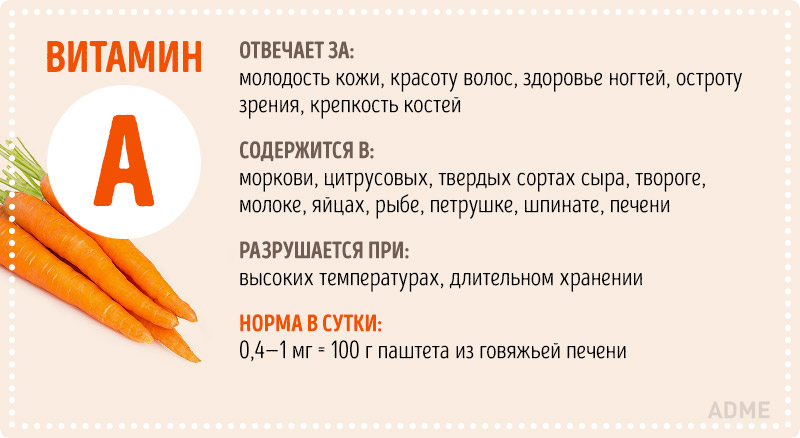
Vitamin B1
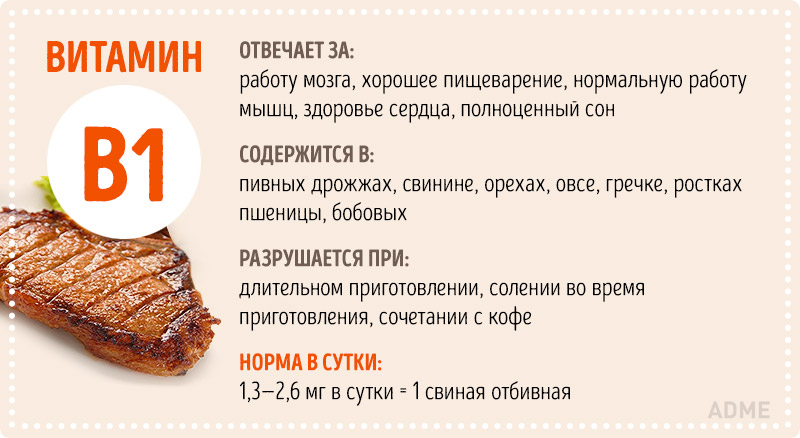
Vitamin B2
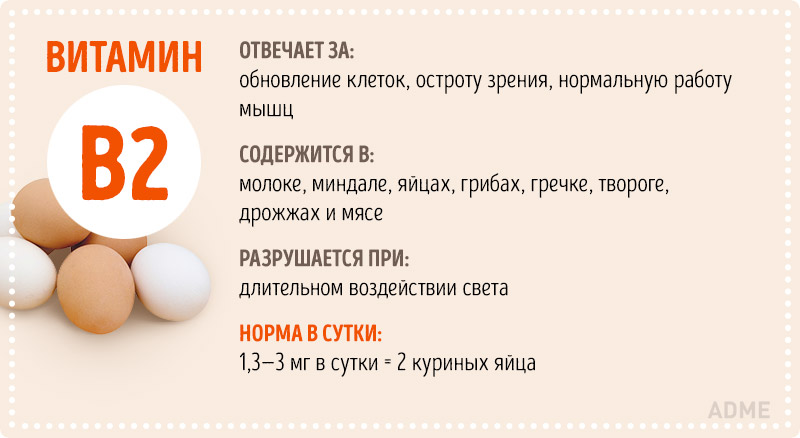
Vitamin B5
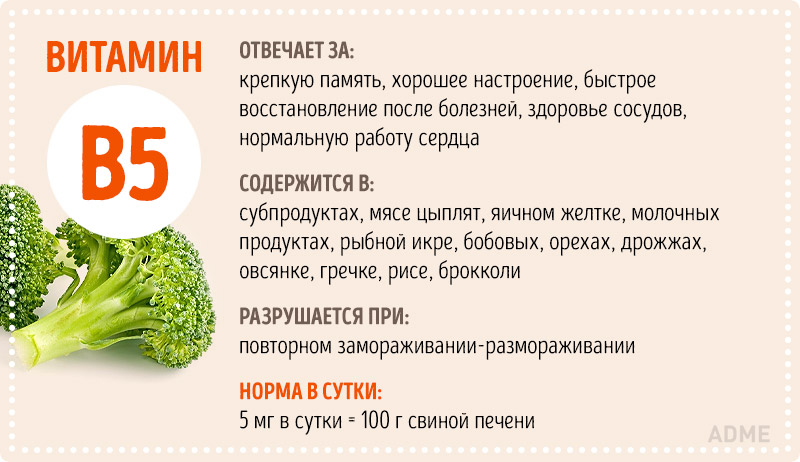
Vitamin B6
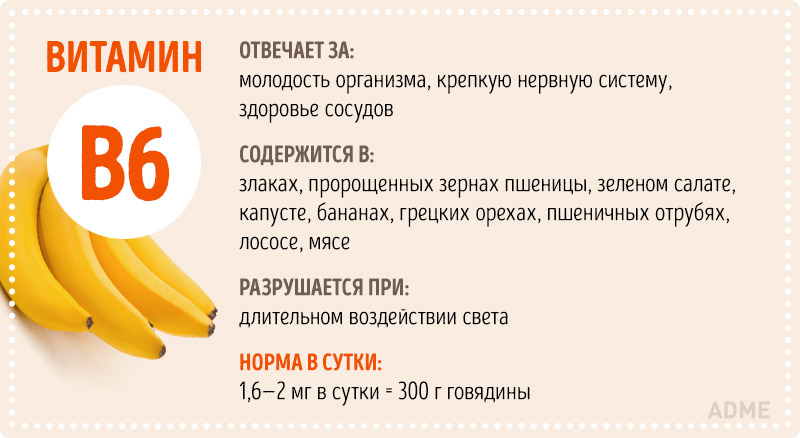
Vitamin B12
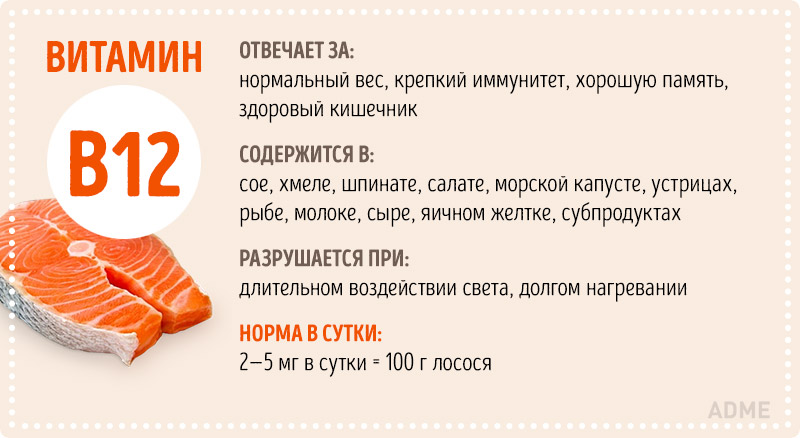
Vitamin C
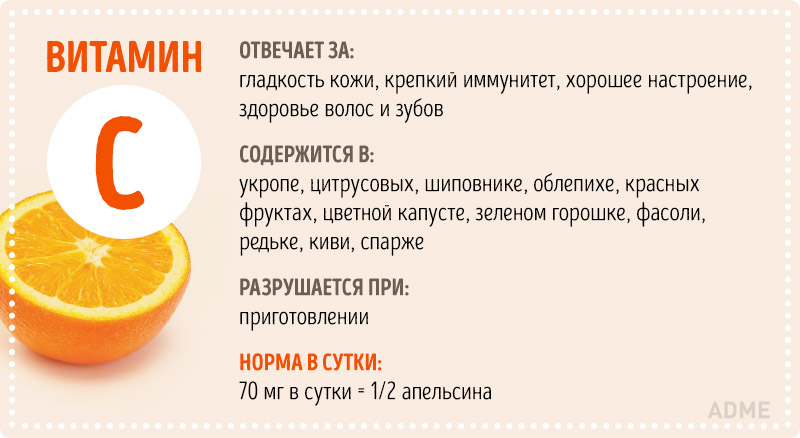
Vitamin D
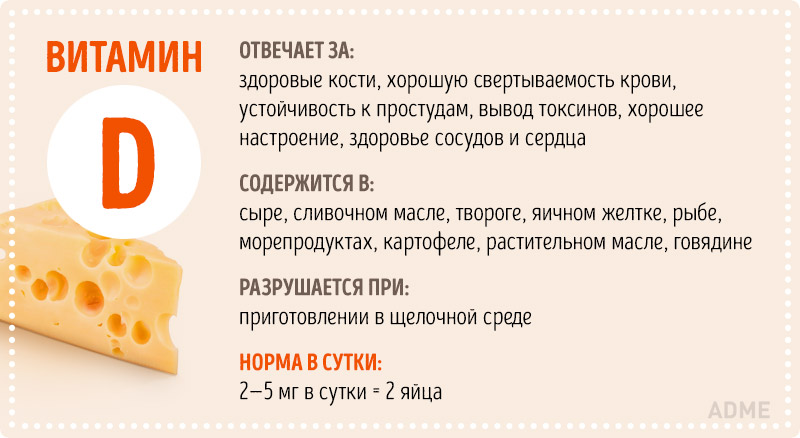
Vitamin E

Vitamin K
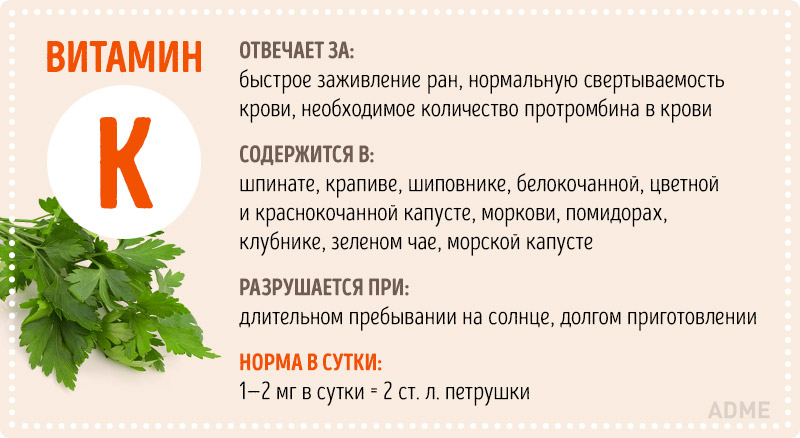

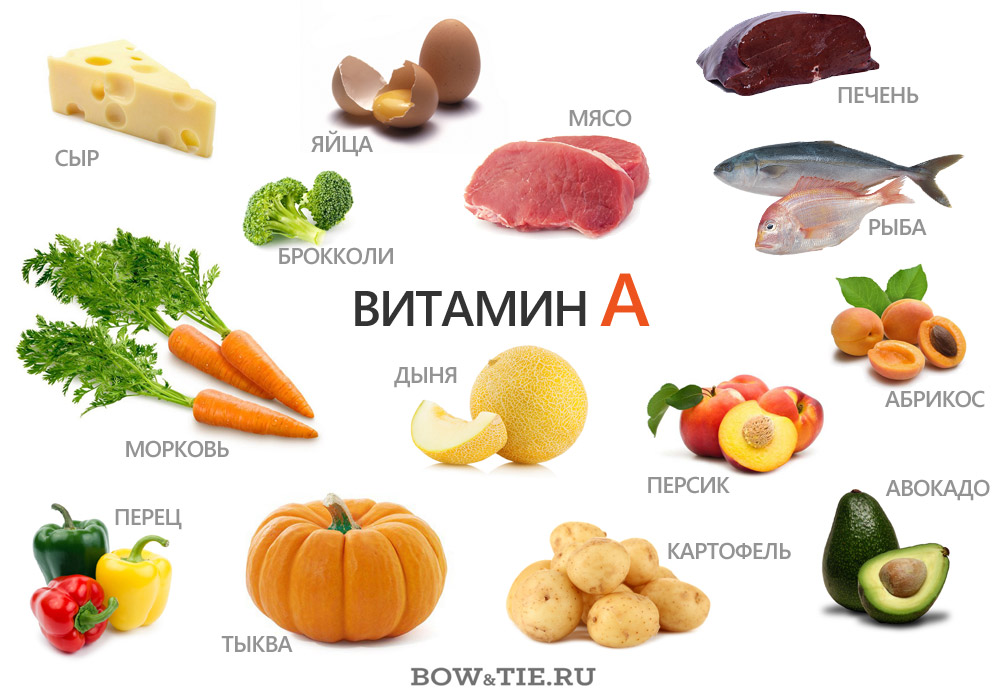
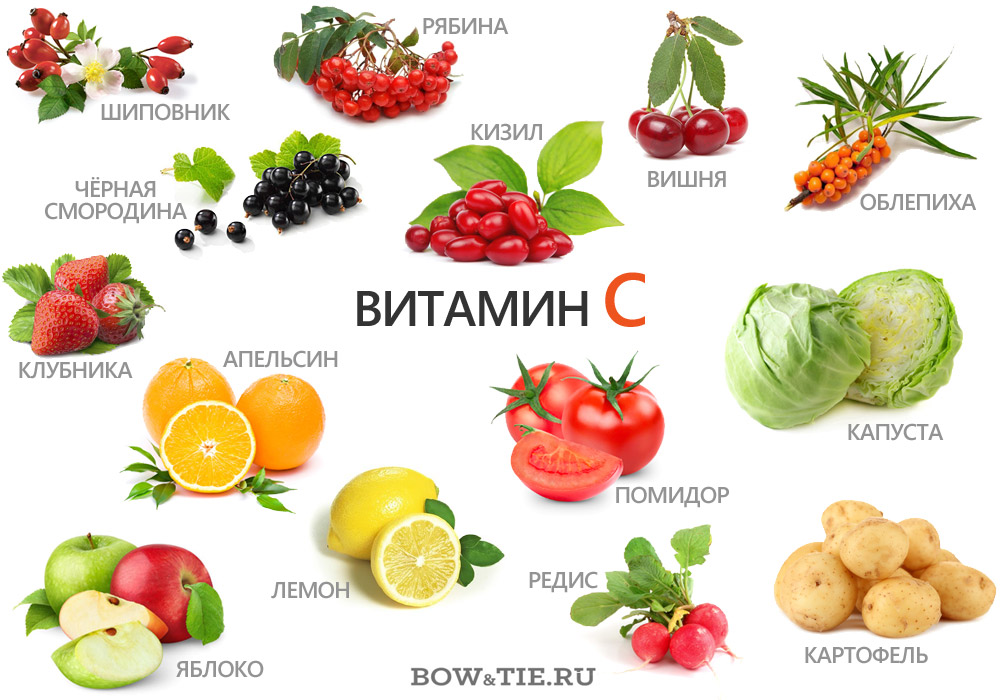



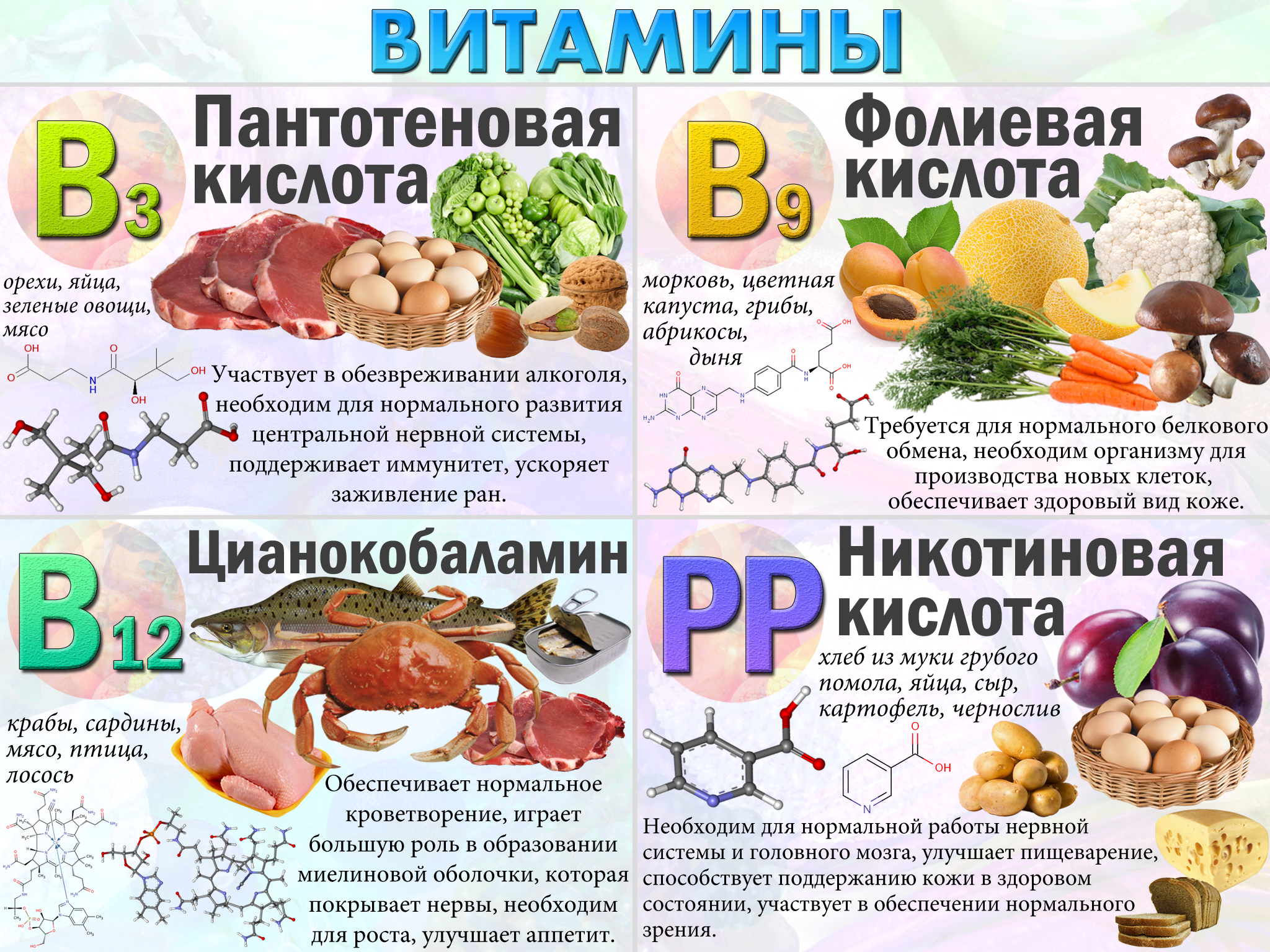
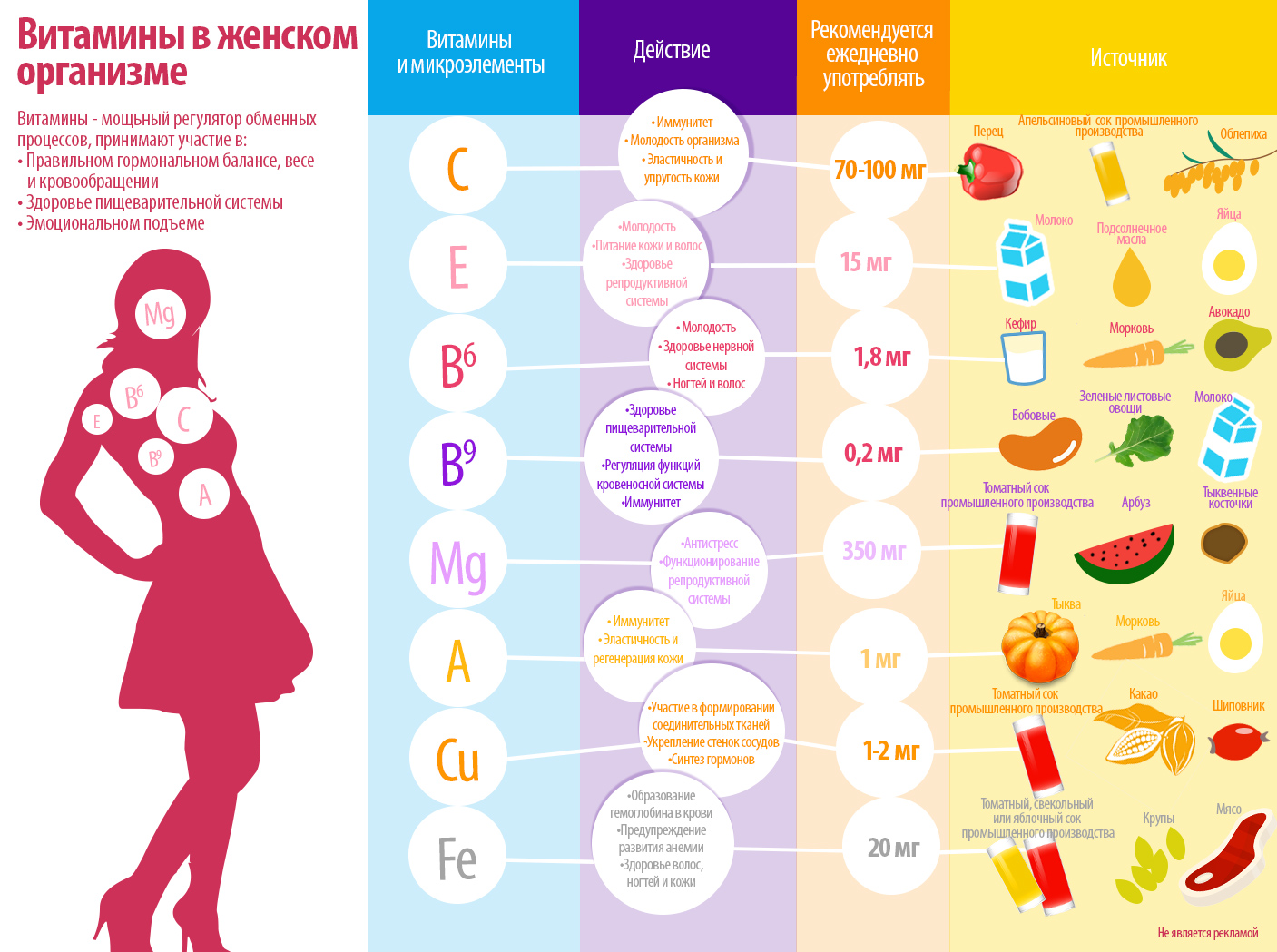
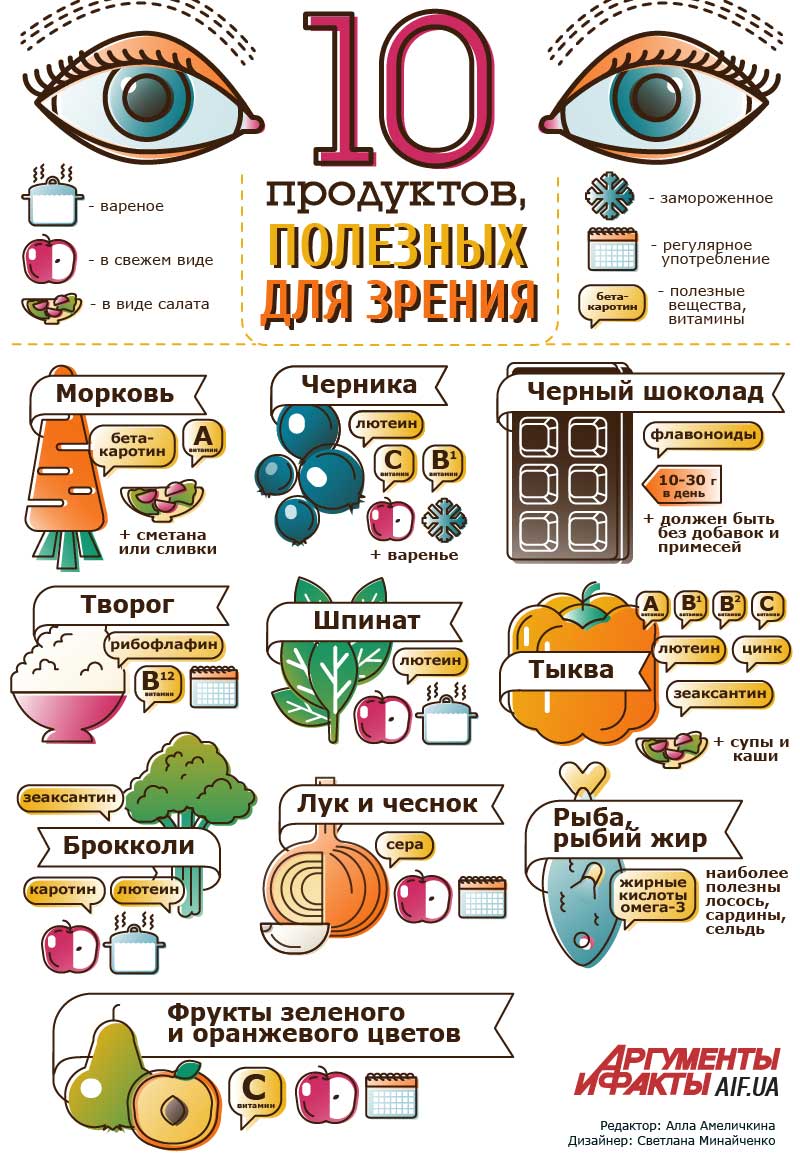
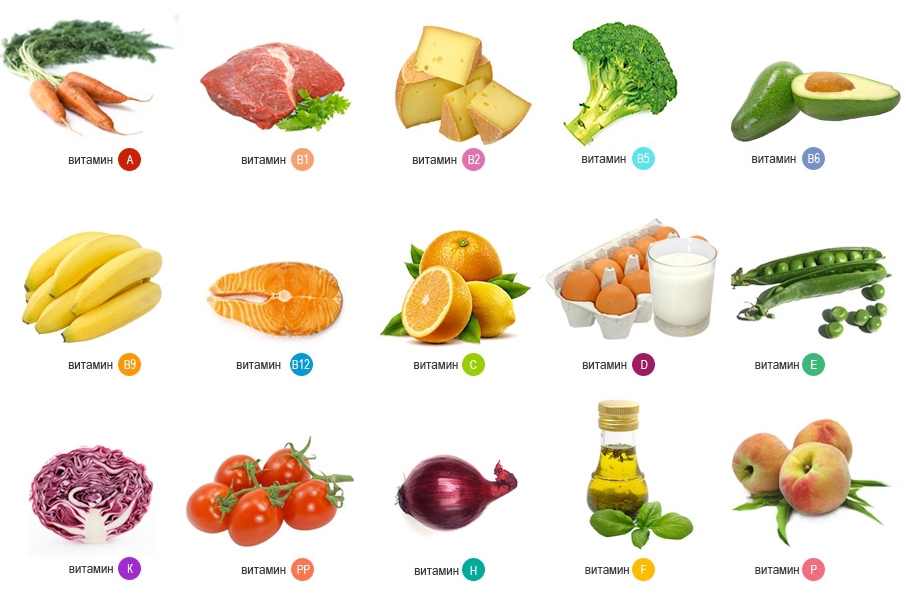

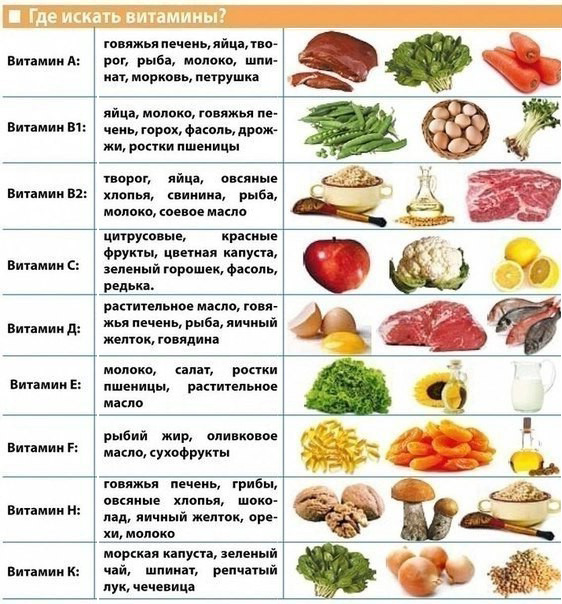



Comments
Commenting on, remember that the content and tone of your message can hurt the feelings of real people, show respect and tolerance to your interlocutors even if you do not share their opinion, your behavior in the conditions of freedom of expression and anonymity provided by the Internet, changes Not only virtual, but also the real world. All comments are hidden from the index, spam is controlled.